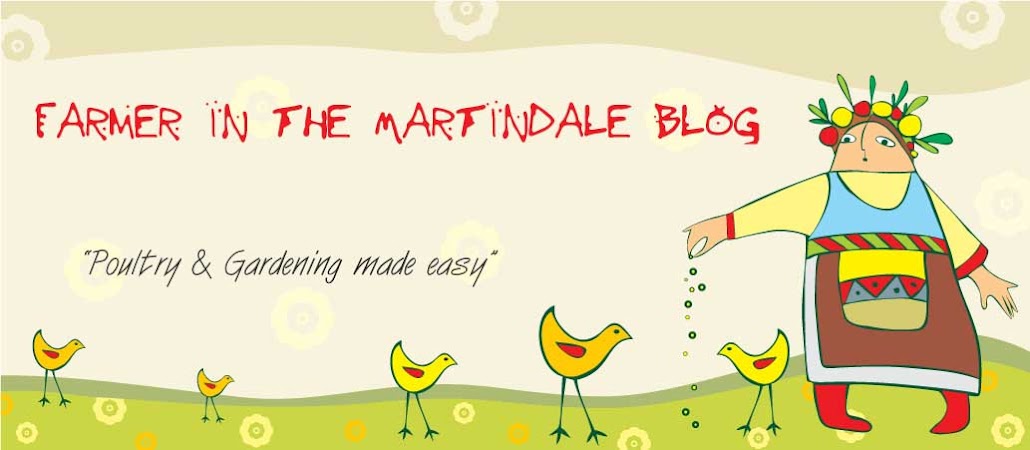 |
| Eastern Wild hens |
Eastern Wild Turkeys (Meleagris gallopavo silvestris)
I have researched eastern wild turkeys and have found out these incredible facts about them that I think you will enjoy. Read this and let me know what you think about these incredible majestic wild birds.
The eastern subspecies of wild turkeys is the most widely distributed and abundant of the five distinct subspecies of wild turkey found in the United States. They can also grow to be the largest. Surprisingly, though, they are very mobile birds with running speed of up to 25 miles per hour and flying speeds of up to 35 miles per hour.
The general appearance of the wild turkey is similar to that of a domestic turkey, except that a wild bird has a more streamlined body shape. The head is featherless and is generally red, white, and chalky blue. The adult male, known as a tom or gobbler, is larger and more colorful than the female. He has spurs on the back of his legs for fighting, and a beard of stiff, bristle-like feathers protruding from the center of his chest. No one is sure why a tom has a beard. An adult gobbler may range from 16 to 25 pounds with a juvenile male (yearling) weighing around 12 to 15 pounds.
A hen, is smaller than a male and lacks head colorings as well as a beard and spurs. A hen may range in size from 9 to 14 pounds with a juvenile female ranging from 7 to 10 pounds. A young male turkey is called a jake and a young female turkey is called a jenny. The young are smaller than the adults, and share the coloration of an adult female. A wild turkey is well adapted for survival. A turkey sees at least ten times better than people, and it can distinguish colors. A turkey can see almost 360 degrees, so it is very difficult to sneak up on a turkey without being detected.
Vocalizing is something turkeys do often. Members of a flock will cluck to let others know where they are. They make purring sounds when feeding, and a loud "putt" sound serves as a warning. Toms gobble during mating season to attract females. Hens will cluck to their young while they are still in the eggs. Once young turkeys, or poults hatch, they listen closely to their mother. They follow her commands to scatter, hide, or come back.
The reproductive cycle for the eastern wild turkey begins in spring. As days get longer and warmer, toms can be heard gobbling and seen strutting to attract hens. Turkeys are polygamous, mating with more than one partner, and a relatively few dominant gobblers do most of the breeding. No breeding is believed to be accomplished by one-year-old gobblers when adult gobblers are in the vicinity. Young poults will need high protein foods for rapid growth and to prevent health problems such as weak legs. In the wild the hen will take the poults to open fields and meadows to catch insects, which they really like. Turkeys also eat plants and seeds if allowed to free range.
Wild turkeys are social birds and prefer to live and travel together in flocks. Every turkey in a flock has a place in the social order, and there is usually one dominant male turkey.
I am sure that you will be pleased with having a few turkeys around. My big eastern tom male is very sweet and always comes to visit me when he can.
 |
| Eastern Wild Tom |

What a great post! I have had a broad breasted bronze tom in the past, but have a bourbon red now, with two half-bourbon girls. I love turkeys, and love their vocalizing.
ReplyDelete